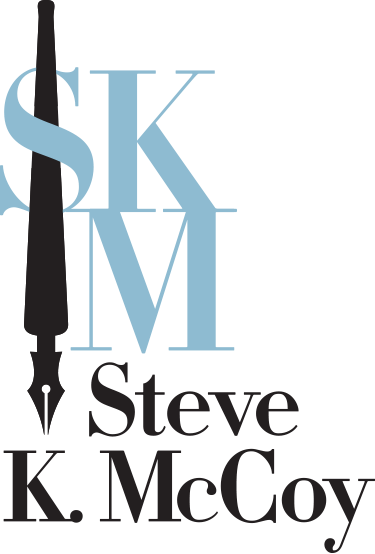I'm long overdue for some comments on Jason Boyett's Pocket Guide to the Bible: A Little Book About the Big Book.
1. The Boring Details.
 This book, at just under 200 pages, comes in five parts...
This book, at just under 200 pages, comes in five parts...
- The Biblicabulary (a glossary of terms)
- Know Your Characters (a biblical role call)
- The Bible at Breakneck Speed (an ill-advised plot summary)
- Versions and Perversions (a guide to modern translations)
- The Brief History of Holy Writ (an exhilarating timeline)
2. The Point.
From the introduction...
...a handy, easy-to-read, occasionally amusing guide to the Bible and its characters, events, translations, and history.
...the bible is the all-time best-selling book, one that most people own but apparently don't read, that lots of people read but apparently don't understand, and that people allegedly understand but in a way that makes them jerks....Let's see what the Pocket Guide can do about that. (p. xii)
3. The Skinny.
It's true. Boyett has succeeded in putting together a Bible handbook for people who typically wouldn't read the Bible. I found much of the content helpful and well-stated. I occasionally didn't like the way he worded something, or presented the content. But not more than most any other book. And more often than not I was impressed with Boyett's ability to make the truth simple and concise.
It's funny. I had to be careful where I read this book. I caught myself laughing out-loud at Starbucks in front of people on more than one occasion. At times the humor goes a little too far, but I typically enjoyed it and felt it not only made the book entertaining, but often aided in understanding.
Example entry from Biblicabulary...
BLOOD
You know what blood is, so quite acting all uninformed. Biblically speaking, blood becomes one of the most important symbolic concepts of the Jewish and Christian faiths. Blood smeared on the doorframe protects the Israelites during the Passover. Priests sprinkle the blood of sacrificial animal on the altar, and the people of God (in the Old Testament, at least) are prohibited from eating blood. The blood of an animal -- because it represents life -- is the necessary ingredient in the process of atonement. Which leads to the New Testament, in which people gain atonement for their sins through the innocent blood shed by Christ on the cross.
PLEASE USE IT IN A SENTENCE OR TWO: At the Last Supper, Jesus tells the disciples that the wine represents his blood. But good Southern Baptists know that, though he says "wine," he really means "grape juice."
BIBLICAL EXAMPLE: "The blood will be a sign for you on the houses where you are; and when I see the blood, I will pass over you" (Exod 12:13).
4. The Warning.
Look, if you spend all day trying to invent new ways to misrepresent and broadbrush young Christians as goatee-wearing hipsters who must be theologically liberal because their clothes weren't bought at the Men's Warehouse or they read magazines that have a sense of style, then this book isn't for you. It will just make you mad because you probably really, really like to get mad at things that help younger generations learn the Bible in non-traditional ways. So just move on and call LifeWay for less helpful resources (apologies to my many friends at LifeWay, who should do more to get the bulletin shell creators to stop putting soldiers on the cover every other week).
5. The Recommendation.
If you dare encouraging others to laugh and enjoy learning truth at the same time, get this little book for your young friend who needs a handy reference as they learn to read the Bible. Some of the humor may be over-the-top for youth, so I recommend it for all twenty-somethings and thirty-somethings, but only thoughtfully for high-schoolers.
I also recommend Michael Spencer's 12 reasons to buy this book.
I'm looking forward to reading Jason Boyett's other Pocket Guide books (Adulthood, Apocalypse) as well as A Guy's Guide to Life.
